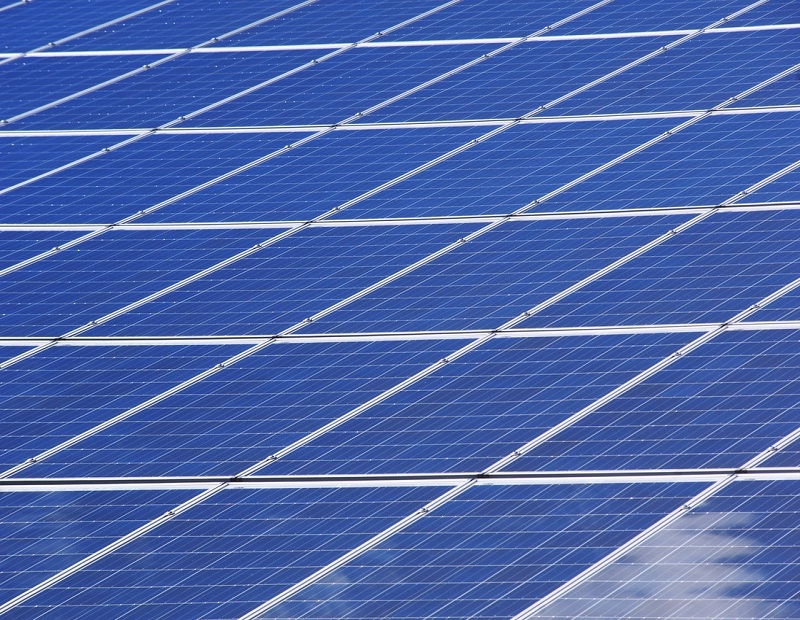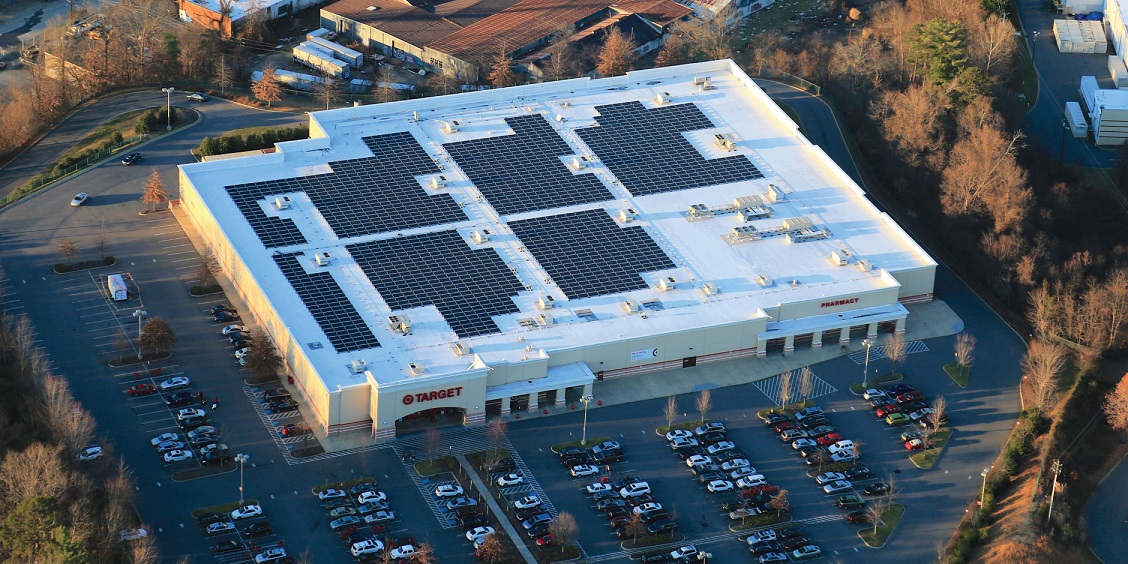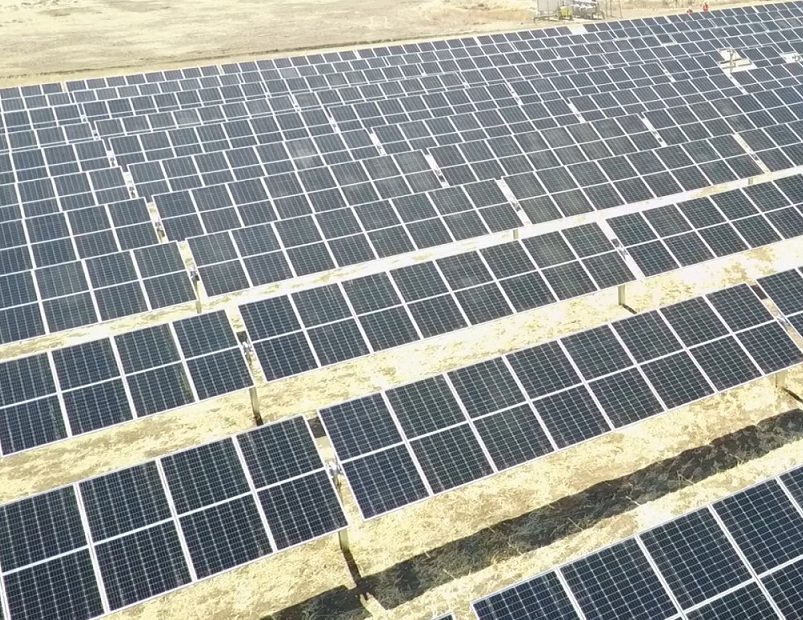Solar Surge Brightens 2020 Outlook
Major trends that will expand solar power's footprint at commercial properties this year.

Image courtesy of Pixabay
Driven by declining costs and increasing demand, particularly from new corporate users, solar installations are expected to grow by 20 percent in 2020, making the United States the world’s second largest market behind China, according to IHS Markit.
Top solar markets over the next five years will be California, Texas, Florida, North Carolina and New York, IHS Markit reports. A Florida Power & Light (FPL) plan to create a nearly 1,500-megawatt community solar program starting this year should keep Florida firmly in second place nationally, behind only California in state solar installations for 2020. The Sunshine State was second in installations for the second quarter of 2019, according to the Solar Energy Industries Association.
“We’re going to see strong growth in renewables because the demand is there from states, from utilities, from corporations and cities,” said Marlene Motyka, Deloitte U.S. and global renewable energy leader and principal, Deloitte Transactions and Business Analytics LLP, and author of the Deloitte 2020 Renewable Energy Industry Outlook.
Motyka said solar will be growing substantially during the first part of the decade, with about 600 to 800 MW of solar energy added each year between 2020 and 2024. Those numbers will continue despite the reduction in federal government solar Investment Tax Credits that starts this year. Starting in 2021, the ITC for residential and commercial properties will drop from the current 26 percent ITC to 22 percent. After 2021, the commercial credit will drops to a permanent 10 percent and the residential ITC will be eliminated. The ITC has been a major driver of U.S. solar growth, helping the industry grow by more than 10,000 percent since it was implemented in 2006, according to SEIA.
Tariffs on imported solar panels have been in place, but an overall drop in prices has reduced their impact, Motyka said. Prices for gas-combined cycles range from $40 to $75 per megawatt- hour, she noted, compared to solar PV, which is about $35/MWh to $45/MWh.
“When companies are making decisions now about renewables, it is cost competitive. You get a two for one, Motyka said. “Solar is cost-competitive and it also helps with sustainability goals and any goals you may have around renewables.”
In its annual Levelized Cost of Energy Analysis, Lazards reported that the cost of generating energy from utility-scale solar projects had fell 7 percent from 2018 to 2019. When federal subsidies are included, the cost of building new utility-scale solar at about $36 /MWh is competitive with the marginal cost of generation from coal ($34/MWh )and nuclear ($29/MWh).
Corporate Clout
Much of 2020’s growth will be generated by businesses, Motyka said, noting that at least 221 corporations have joined RE100. That global corporate leadership initiative is led by The Climate Group and CDP and asks companies to commit to sourcing 100 percent renewable energy as soon as possible and no later than 2050.

In November 2019, Target met its goal of adding rooftop solar panels at 500 locations. Image courtesy of Target
Motyka also pointed to statistics from the Renewable Energy Buyers Alliance (REBA) showing that North American corporate renewable energy procurement set another record in 2019. As of Oct. 31, corporate customers obtained at least 7.15 gigawatts of clean energy through corporate power purchase agreements, green power purchases, green tariffs and ownership projects. That’s up from the 2018 record of 6.63 GW and the 2.78 GW in 2017. In another telling metric, by late October about 50 percent of companies were first-time participants.
Joining perennials like Google, Apple and Facebook last year were corporations like DaVita, which contracted with Longroad Energy in April on two virtual power purchase agreements for solar and wind farms in Texas. The virtual PPA is a major step toward DaVita’s goal of obtaining 100 percent of its energy from renewable sources by 2022. Also new to the ranks of top corporate customers in 2019 was Mondelēz International. In June, the snack-food maker signed a 12-year PPA with Enel Green Power North America to purchase energy from a 65MW portion of Enel’s 497 MW Roadrunner solar farm – Enel’s largest solar project and its biggest in Texas.
Other companies like Target, a longtime presence on REBA’s list, continued to make noteworthy photovoltaic placements. In November, Target reached its goal to add solar panels to 500 locations by 2020 with a rooftop installation at its store in Napa, Calif. All told, the retailer has added more than 240 MW of solar across its properties in recent years.
Community Solar Shines
Motyka said community solar will continue to be a growing option for commercial users in 2020, including mom-and-pop businesses that lack the means for their own solar installations. But corporations are also participating in the field and regularly taking on the role of anchor tenant at large-scale projects. Walmart is participating in 36 community solar projects in Minnesota, Motyka noted.

Peninsula Clean Energy offers Community Choice Aggregation through installations like Wight Solar Park in Merced County, Calif.
Community Choice Aggregation (CCA) agencies are flourishing in California, allowing residents and business owners to buy cleaner electricity at a lower cost from the CCA rather than from an investor-owned utility company. Peninsula Clean Energy covers San Mateo County, including all 20 cities and towns.
Jan Pepper, Peninsula’s CEO, reported that the CCA has between 290,000 and 300,000 accounts and saves commercial and residential customers about $18 million in energy costs per year. Facebook is among Peninsula’s largest corporate customers and the largest yet to enroll in the firm’s ECO100 option, which procures 100 percent of its electricity from renewable sources and is 100 percent greenhouse gas emissions free.
Other major corporate customers in ECO100 are Visa and Gilead Sciences Inc. Peninsula offers a mix of renewable energy sources including solar, wind, hydro and geothermal. In 2018, Peninsula signed a long-term PPA with Wright Solar Park LLC for 200MW from the Merced County, Calif., solar facility. It also has a PPA for 100MW of solar from Mustang Two in Kings County, Calif., which is in development.
Pepper predicts the next big trend will be in solar plus storage. In November, PCE teamed up with two other CCAs, East Bay Community Energy and Silicon Valley Clean Energy, to issue a solicitation for a 30MW distributed energy storage-plus solar project. PCE would get 10 MW solar plus four hours of storage capacity split between commercial and residential customers, Pepper said. The CCAs plan to award the contract in April. Pepper said PCE is working separately on a long-term PPA for solar plus storage.






You must be logged in to post a comment.